WEIGHTLIFTING
How to Lift and Train Like a World Champion
By Jim Napier, BS Phys. Ed
www.strengthandvelocity.com
WEIGHTLIFTING
How to Lift and Train Like a World Champion
By Jim Napier, BS Phys. Ed
www.strengthandvelocity.com
Note of Rights: All rights reserved. No part of this book may be reproduced or transmitted in any form by any means, electronic, mechanical, photocopying, recording, otherwise, without the prior written permission of the author. Please contact: jimnapier@sbcglobal.net.
Notice of Liability: The information in this book is distributed on an as is basis, without warranty. While every precaution has been taken in the preparations of the book, the author shall not be held liable to any person or entity with respect to any loss or damage caused or alleged to be caused directly or indirectly by the instructions contained in this book.
About the Author
 Born 1945 in Wichita Falls, Texas, and grew up in Fort Worth, Texas. Graduated from Arlington Heights High School in 1963. Was captain of the track team and placed second at the Texas State Meet in the Discus in 1963. Attended Howard County Junior College on an athletic scholarship and placed second in the Junior College Nationals in the discus in 1964 and 1965. Attended TCU on an athletic scholarship. Received a degree in Physical Education in 1968, taking courses in (physics, statistics, biology, kinesiology and Anatomy). National Weightlifting Champion in 1977 in the 82.5 kg class and placed second at Nationals in 1975, 1976 and 1978. Set four American records in the snatch, including a Pan American Record snatch of 140 kg in the 75 kg class, American Record snatch 142.5 in the 75 kg class in 1978, and National record snatch of 155 kg in the 82.5 kg class in 1979. Set National and World Record in Masters Division.
Born 1945 in Wichita Falls, Texas, and grew up in Fort Worth, Texas. Graduated from Arlington Heights High School in 1963. Was captain of the track team and placed second at the Texas State Meet in the Discus in 1963. Attended Howard County Junior College on an athletic scholarship and placed second in the Junior College Nationals in the discus in 1964 and 1965. Attended TCU on an athletic scholarship. Received a degree in Physical Education in 1968, taking courses in (physics, statistics, biology, kinesiology and Anatomy). National Weightlifting Champion in 1977 in the 82.5 kg class and placed second at Nationals in 1975, 1976 and 1978. Set four American records in the snatch, including a Pan American Record snatch of 140 kg in the 75 kg class, American Record snatch 142.5 in the 75 kg class in 1978, and National record snatch of 155 kg in the 82.5 kg class in 1979. Set National and World Record in Masters Division.
Jim has been a Member of Spoon Barbell Club Weightlifting Team since 1974. Inducted into the Texas Weightlifting Hall of Fame in 2009.
Table of Contents
Chapter 1
General Breakdown of the Snatch and Clean & Jerk
Anatomy of the Snatch
Some people claim that the snatch and clean & jerk are highly technical movements. They say it takes years to become proficient and during that time the lifter is constantly working on weaknesses or technical problems. For some people who might not have the necessary athletic ability this might be true, but for those who have athletic ability, good reaction time and desire the snatch and clean & jerk can be easily mastered in just a few sessions with a knowledgeable coach or simply by watching the best lifters in the world and mimicking their technical style.
Once the lifter has the basic movements down, as far as what it looks like, then they only have to transfer over those visuals as their own. Transferring other athletes style or form is nothing new and the best way to learn how to do a particular movement is first watch the best and then try and mimic those actions. The most ineffective way to learn how to do an athletic motion is to have someone tell you how its done without showing how its done, or read how to do it in a book, without some accompanying video visuals.
Photographs are a poor teacher, as are words in a book as far as athletics are concerned. As an example, how do you get from the position 1 to the position 11 shown in the photos below. It would be very difficult to explain in words how this lifter has gone from 1 to 11 without knowing all the positions that are involved. The only change from 1 to 11 between the legs, hips and torso is the feet are spread out wider, and the arms went from a vertical position pointing downward to a vertical position pointing upward. For further analysis more, photos must be included to show as many positions and transitional phases as possible. Some of the positions achieved as the weight leaves the platform to where it is received at the lowest position have been named and some are transitional. It should be understood that all these positions are all transitional and should be thought of as one motion, from the platform to full lock-out.
A lot of time can be spent on analyzing these positions and thinking that certain fixes to these positions can be applied if these positions are not being correctly achieved. A lot of research goes into analyzing the most intricate of motions and positions. For the athlete such information can become somewhat irrelevant to their ability to produce momentum and to produce that motion which will maximize that momentum. Producing momentum is synchronized between the CNS and the muscular system with the aid of the adrenaline system. The technique of the snatch and clean & jerk must be the same for the top lifters in the world for those top lifters to be able to train and compete at the same competitive level. The difference in winning and losing must be reduced to the ambiguous element of desire, backed up by proper training, rather than which angle or style variation is considered to be perfection.

Position 1 (Set-Up): The start or set-up position allows the lifter time to ready themselves for the liftoff from the platform. Right before liftoff the lifter should relax the arms and arch the back allowing the legs, back and torso to do the work of the initial liftoff. The concentration should be on a smooth, continuous accelerated velocity on a conscious level and allow the unconscious to go through the action instinctively or through those motions formed from repeated precision. There should be no negative thoughts creeping into the lifters head and only positive thoughts about a successful lift. The grip should be secure enough that the barbell does not rotate within the hand, but not a death grip that will tense the arm muscles. The eyes should be looking forward. Foot position and grip width are style preferences and not part of the general concept of technique but the technique peculiar for each individual weightlifter. The lifter should use the legs more at liftoff than the back, i.e., rotating the back downward at liftoff should be minimized to allow the legs to do most of the lifting off the platform
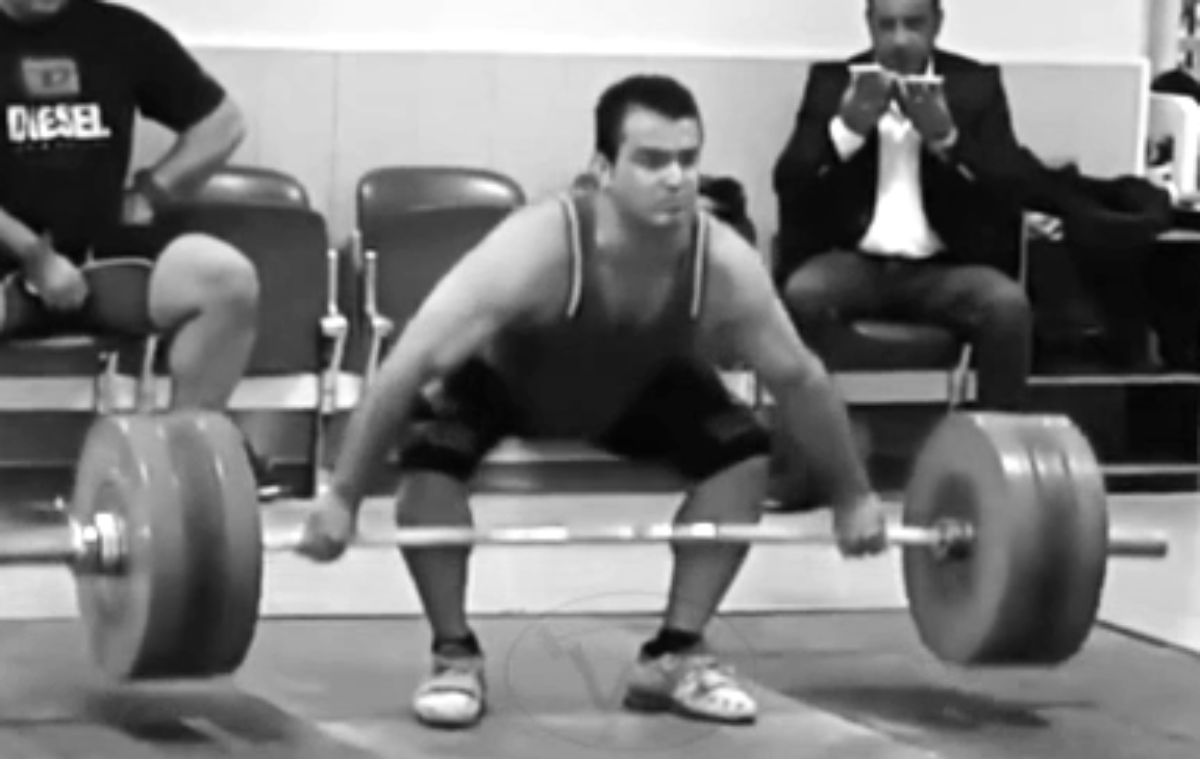
Position 2 (Liftoff): When the barbell is just a few inches off the platform the angle of the back should be set and not rotate downward any more than it has from the starting position. The angle of the back is transitional and it is never a static angle except from position 2 to position 3, the end of the 1st pull. The weight should be somewhat evenly distributed on the feet with the head held up and the back arched. The lifter should use a good posturing position while going through the lift to full extension. The weight should travel from the platform to the knees in 0.33-seconds and with as little effort as possible. You will never see a world class lifter drag the barbell off the platform. An effortless 1st pull is essential in progressing the lifter towards their full potential. How the lifter should go about training for this will be discussed throughout the book.
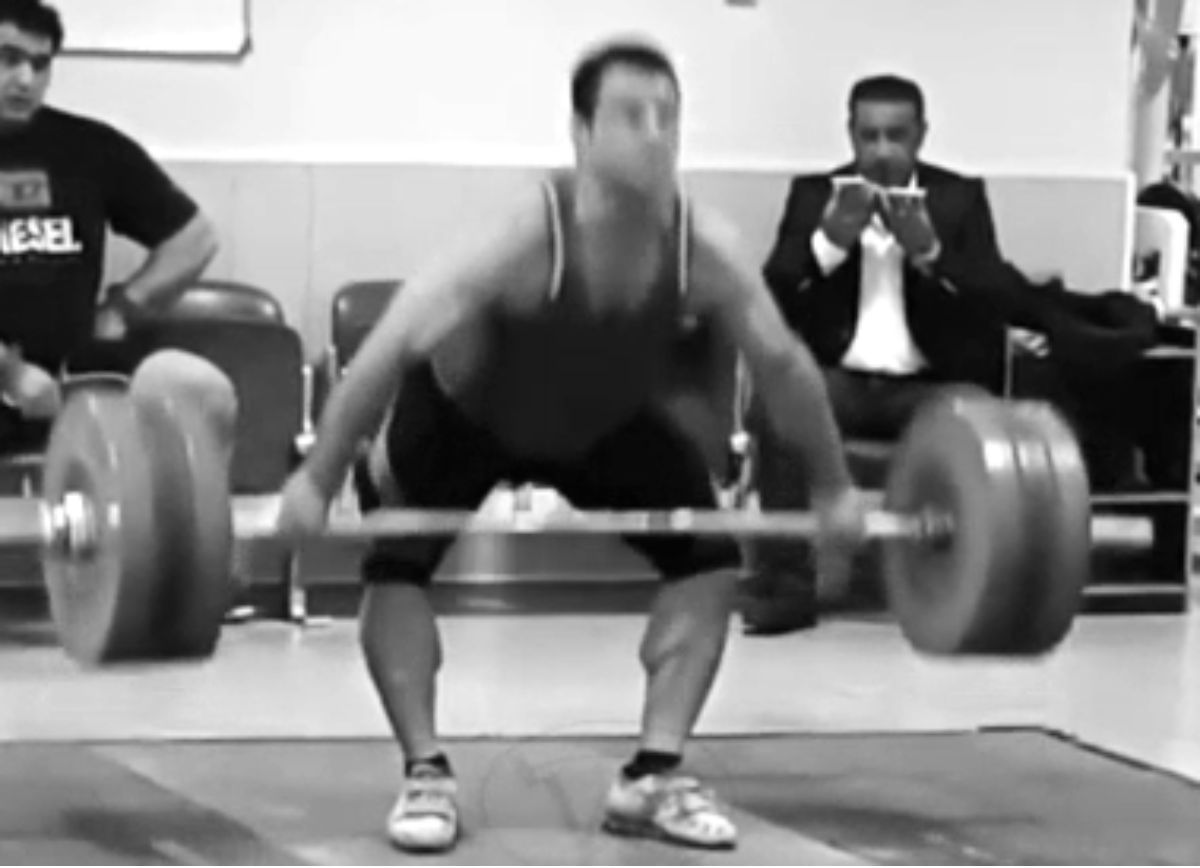
Position 3 (2nd Pull): The first pull is from the platform to where the knees and hips begin to push forward. The action between the 1st and 2nd pull is also transitional and there should be no decelerated actions . The snatch is about combining various positions into one motion which is smooth, controlled and the accelerated velocity is continuous to the point where the arms are locked-out. The 2nd pull takes a very short period of time to complete, or approximately 2-seconds and this added to the 1st pull should be approximately 0.67-seconds. The barbell will travel the shortest vertical distance during the 2nd pull, but will receive the greatest momentum at the point of full extension. The ankle extension is applied to reaching full extension, but not directly involved in the production of momentum.


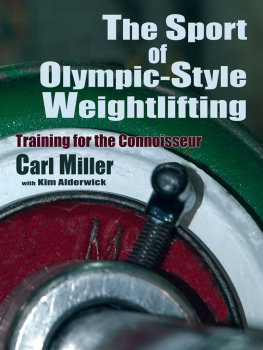
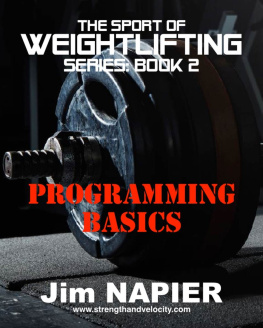
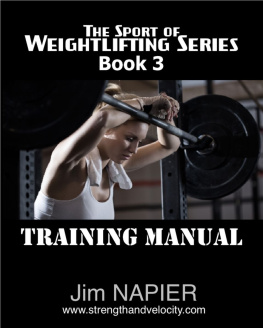
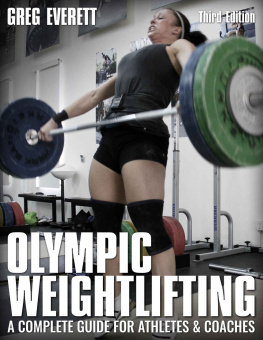
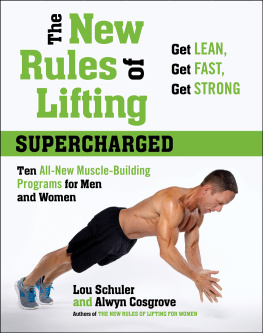

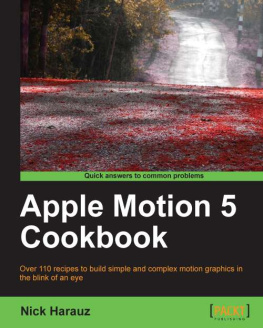
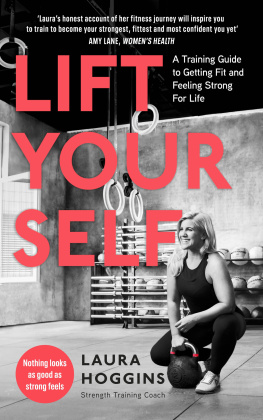
 Born 1945 in Wichita Falls, Texas, and grew up in Fort Worth, Texas. Graduated from Arlington Heights High School in 1963. Was captain of the track team and placed second at the Texas State Meet in the Discus in 1963. Attended Howard County Junior College on an athletic scholarship and placed second in the Junior College Nationals in the discus in 1964 and 1965. Attended TCU on an athletic scholarship. Received a degree in Physical Education in 1968, taking courses in (physics, statistics, biology, kinesiology and Anatomy). National Weightlifting Champion in 1977 in the 82.5 kg class and placed second at Nationals in 1975, 1976 and 1978. Set four American records in the snatch, including a Pan American Record snatch of 140 kg in the 75 kg class, American Record snatch 142.5 in the 75 kg class in 1978, and National record snatch of 155 kg in the 82.5 kg class in 1979. Set National and World Record in Masters Division.
Born 1945 in Wichita Falls, Texas, and grew up in Fort Worth, Texas. Graduated from Arlington Heights High School in 1963. Was captain of the track team and placed second at the Texas State Meet in the Discus in 1963. Attended Howard County Junior College on an athletic scholarship and placed second in the Junior College Nationals in the discus in 1964 and 1965. Attended TCU on an athletic scholarship. Received a degree in Physical Education in 1968, taking courses in (physics, statistics, biology, kinesiology and Anatomy). National Weightlifting Champion in 1977 in the 82.5 kg class and placed second at Nationals in 1975, 1976 and 1978. Set four American records in the snatch, including a Pan American Record snatch of 140 kg in the 75 kg class, American Record snatch 142.5 in the 75 kg class in 1978, and National record snatch of 155 kg in the 82.5 kg class in 1979. Set National and World Record in Masters Division.

